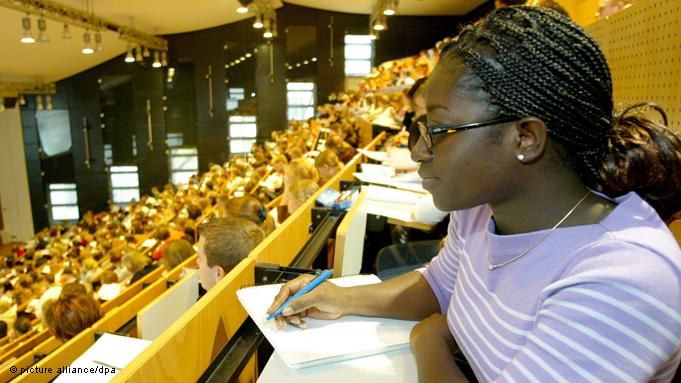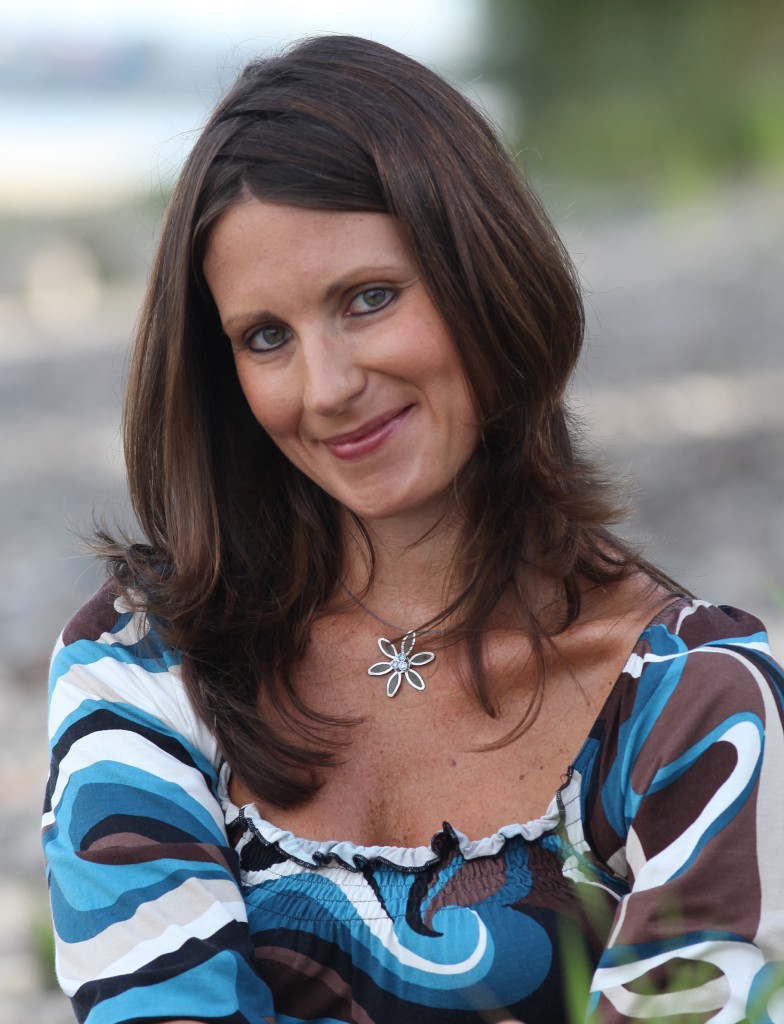‘Let me enjoy my rights as gays do’
Wearing a headscarf is a personal decision for many Muslim women, but where does one draw the line between being forced to follow a tradition and asserting one’s own identity?
“There are so many gays, for example, and people tell them that they should be more open about their feelings, but if someone comes along and says ‘we want to show our religion,’ everybody is against it.” This is Sarah Benkhera’s answer to a question about the ban on headscarves imposed in France and some other European countries a few years ago. She is a German of Algerian origin and wears a “khimar”, a kind of cloak that covers her head and goes all the way down to her waist.
Sarah is accompanied by her friends, women in their early twenties, who are dressed in ordinary jeans and pullovers, in stark contrast to Sarah’s long black robes. They are quite comfortable hanging out at Bonn’s local supermarket with their friend in her khimar.
The governments of many European countries however don’t seem to think likewise. France has banned the headscarf citing oppression of women who wear it. Germany has prohibited its teachers from wearing a headscarf in secular institutions like schools even as the media hotly discusses the “Kopftuchdebatte”, as the headscarf discussion is known in Germany. Belgian lawmakers have recently proposed a bill which asks for the headscarf to be banned from public spaces.
European governments argue that the headscarf shows a lack of willingness to embrace European culture and to integrate. The fact is that many Europeans find it offensive. Sadiya Bilici, a young woman from Turkey also confesses that the headscarf has been a hindrance for her: “Yes, I am not able to find any job in Germany. Many Germans here also don’t like it. They ask me why I wear a headscarf.”
Not all Muslim women in Europe are in favour of wearing the headscarf either. Parwaneh Alizada, a journalist at the Deutsche Welle, believes that Islam tells her what is right and what is wrong. Whether she wears a headscarf or not is her decision, as her religion does not force her either way.
A question of identity?
Sarah says she had to rebel against her family to start wearing the khimar. Her dress makes her complete, she believes: “I thought about the meaning of my life. And then I started praying and had this feeling that something was missing. It was then that I started wearing the khimar.” Her manner represents her convictions about the khimar, but this doesn’t seem to be common to all girls who wear a headscarf.
Sadiyah Bilici pauses for a few seconds when asked about the meaning of the “hijab” or the headscarf,. She is Turkish and has been living in Germany since 13 years. Her family is different from that of Sarah’s: all women in her family wear the hijab, although she says, “I do it for myself, not for others and not because my parents force me to wear it.”
Ban the hijab?
Another German-born Muslim girl who chooses to remain anonymous says she wears it because it is the law of Allah and all Muslim women have to obey it. For her, being born here does not actually mean she will continue to live in Germany despite a ban on the hijab: “I wouldn’t stay in Germany or Europe, I would leave this country and migrate to another country, somewhere where it’s okay, where I have the rights.”
The debate is not necessarily limited to western countries. Uzma Falak, a student of journalism at Jamia Milia University in New Delhi is forced to think about the headscarf, given the ethnic and multicultural mix in the Indian capital. She says, “I think the word hijab is a much used, abused and misinterpreted term.” She also finds her friends and the society reacting in different ways towards her headscarf, “When I initially interacted with people with people from different cultures and regions with my headscarf on, it was a bit strange. People kept staring. Many asked why I wear it. Some were curious.”
While laws banning or enforcing the hijab maybe stifling for some women, a lack of any directive in this matter has also helped generate a lively discussion among young women in the Muslim majority region of India-administered Kashmir. There are no laws regarding the hijab here. Shakira Nabi, a cash manager for the Jammu and Kashmir Bank in Srinagar says, “The hijab is one such thing which nobody can tell you to wear or not to wear, it’s your life and you have to decide what to do about it.”
The headscarf dilemma
Dr. Sabine Damir Geilsdorf, professor of Islamic Studies at the University of Bonn also endorses the importance that the hijab may have for an individual, especially in certain regions of the world, “In the Arab region the headscarf is something normal and ordinary. It’s horrible when girls are forced to wear a hijab, but you can’t say that they are all forced by men, family or the society.”
For Dr. Schirin Amir Moazami of the Free University in Berlin, the headscarf is a very subjective debate. She believes most women wear the hijab, “to reveal and externalise their religious entity in a secularised society like France and Germany.”
Geilsdorf, on the other hand, is candid about the fact that the hijab does not necessarily signify oppression or religious extremism. But she does point out some practical difficulties: “The European Governments are in a difficult situation. They are bound by the law to maintain neutrality in schools but at the same time the bans may backfire as there may be girls who discontinue their education because of these steps.”
While Sarah Benkhera does not have to worry about such bans in Germany as yet, she does pay a price for being a “headscarf” rebel. She cannot go to parties spontaneously, although she says, her soul-searching has more than made up for her having to give up on these small pleasures.
Author: Benish Ali Bhat
Editor: Manasi Gopalakrishnan








